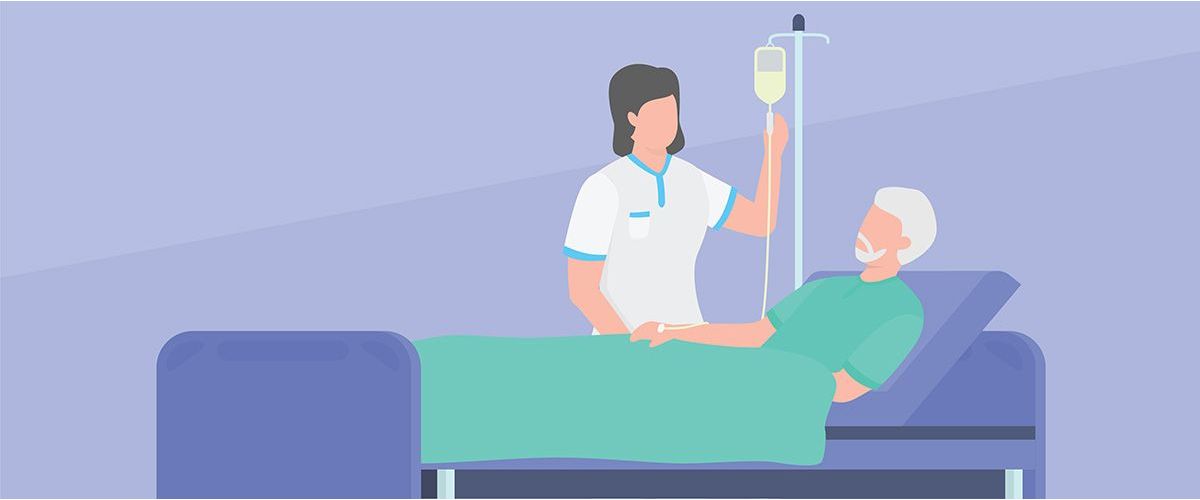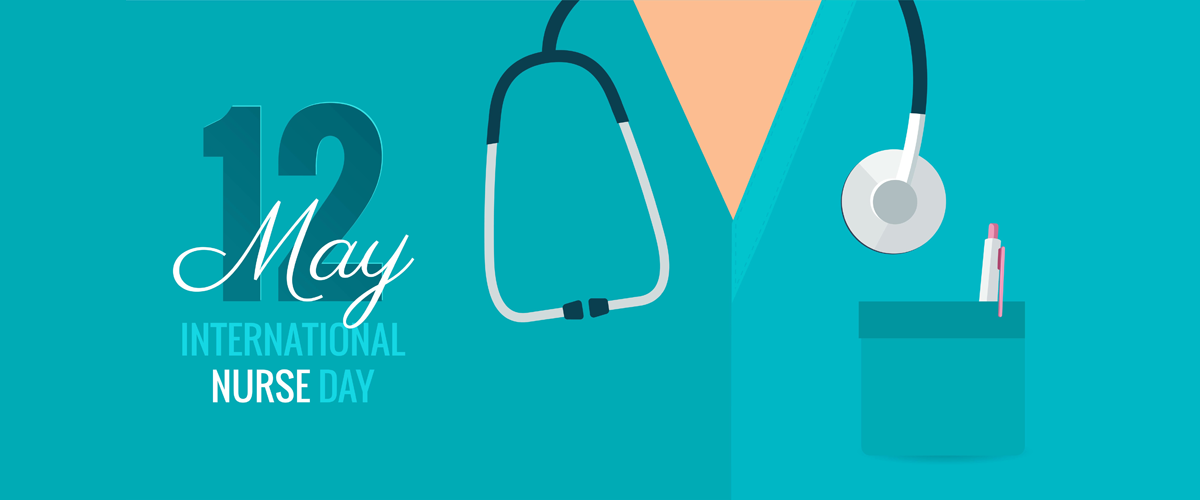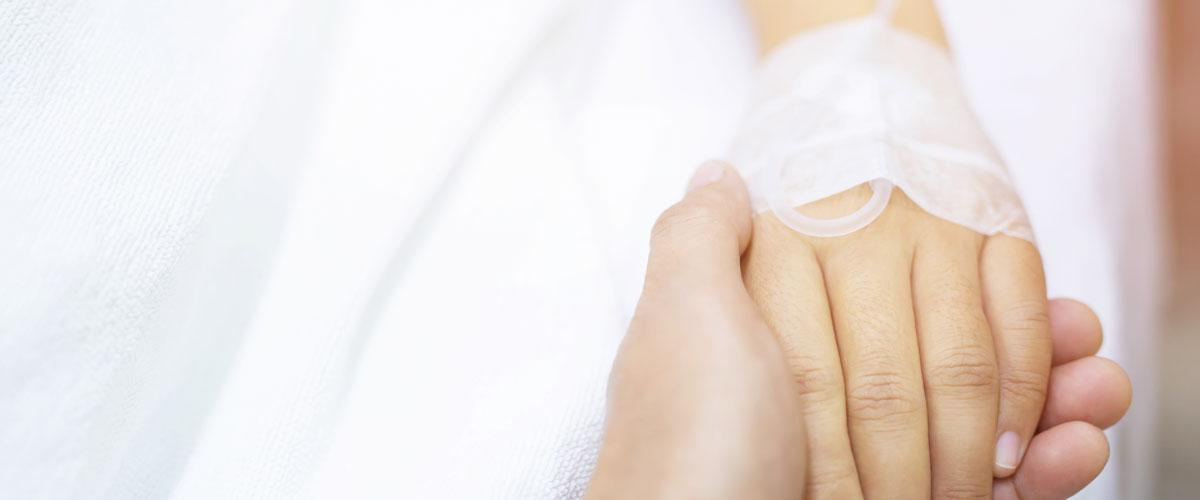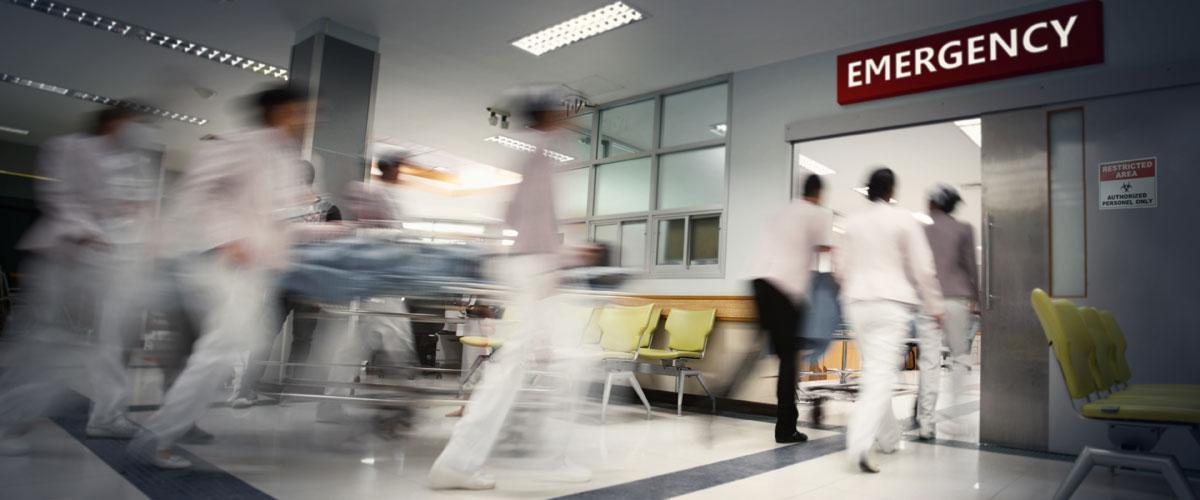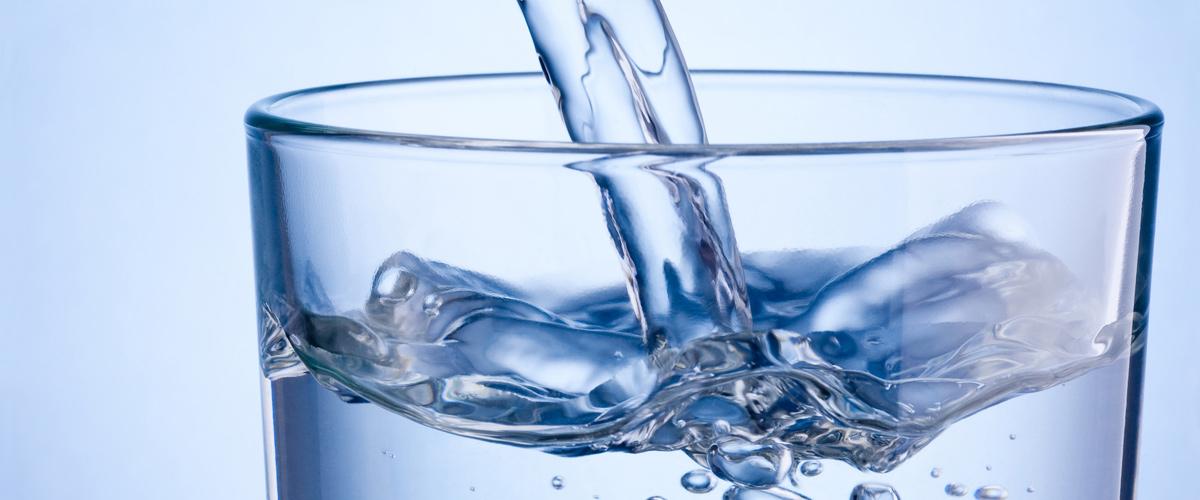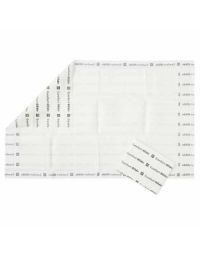While staying late in bed on a Sunday morning may sound like a dream come true to some of us, it can become a nightmare if we were suddenly unable to move or turn in bed, let alone get up independently.
This is the case of hospitalised patients who are dependent on healthcare professionals for help with daily tasks, such as nutrition, hygiene or quite simply, changing their position in bed. The latter is vital to help promote correct vascularisation of all skin areas, but more importantly, around bony prominences.
Pressure ulcers (PUs), also referred to as ‘bedsores’, are the result of the exertion of uninterrupted pressure over a localised tissue or skin area, typically over a bony prominence¹ (like the heel or sacral area). They are part of the umbrella term, dependence-related skin lesions, which also includes moisture-associated skin damage (MASD), friction lesions and combined lesions (multi-factorial).¹ This term clearly implies that highly dependent patients are more likely to suffer from this type of skin damage. It is, therefore, the job of healthcare workers to take steps to interrupt the effects of pressure by repositioning the patient regularly to help prevent a reduction in blood supply to the affected tissues.
But what if nursing care for pressure ulcers is not performed correctly anymore?
Today, we know that 95 per cent of all pressure-related injuries are preventable and most of the responsibility lies with nurses.² These preventable accidents cost healthcare systems around £1.4 million per year for treatment, in the case of the United Kingdom,² where 41 per cent of this expenditure can be attributed to nursing time allocated to care related to heel pressure ulcers alone.³
Studies have shown that preventative measures are at least 30 times less expensive⁴ than pressure ulcer treatments. Yet, more than 82 per cent of nurses do not receive formal training on pressure-related injury prevention. They have also stated that they are not satisfied with their work.²
Why is preventing pressure ulcers in hospital so important?
Still, it is not just about the money. Pressure-related injuries are very painful and represent a marker of poor overall prognosis. This type of injury may also contribute to premature mortality in some patients,⁵—a situation that is likely to worsen as the population increases in size whilst also ageing.
With all this in mind, it seems logical to think that adequate training and prevention is key, in order to both improve patient outcomes and establish more cost-effective patient care-related strategies. When we focus on one single action, such as patient repositioning, we can easily see where the system fails: a lack of staff, as nurse absenteeism and turnover rates increase, and inadequate patient positioning equipment. This is in combination with a high workload, which is counterproductive to achieving care ideals. However, we are unable to fully understand the negative impact because it does not happen overnight.
Little by little, however, we see how the technique to turn a patient may be performed in a rush, with fewer professionals involved than would be safe. The time between turns is thereby lengthened to a point where there is a missed turn; ‘Let the next shift take it. I´m exhausted.’ is an example of how some nurses are forced to approach the situation. In that context, wedged pillows are often used to support the patient´s back during lateral positioning, with the risk of the pillows flattening or being contaminated.
It is understandable why so many nurses/care staff are increasingly unhappy with their work, despite trying their best. They’ve transitioned from the stipulated two-hourly turn, to a four-hourly rhythm. And this, as is common knowledge, can be detrimental for vulnerable, dependent, and often elderly patients.
What is an effective solution for patient repositioning?
It is often the case that basic patient care tasks, such as repositioning a bed-ridden patient, are not assigned the right level of importance. At Medline, we know the opposite is true. Repositioning a patient correctly, in a timely manner, can help facilities save money and relieve a lot of pain for both staff and patients.
Repositioning tends to be difficult because it is such a physically taxing task, as patient manual handling every two hours can benefit from medical device technology. Medline can help healthcare teams become more efficient, by incorporating simple yet effective tools, such as the Comfort Glide Repositioning System, into manual handling protocols.
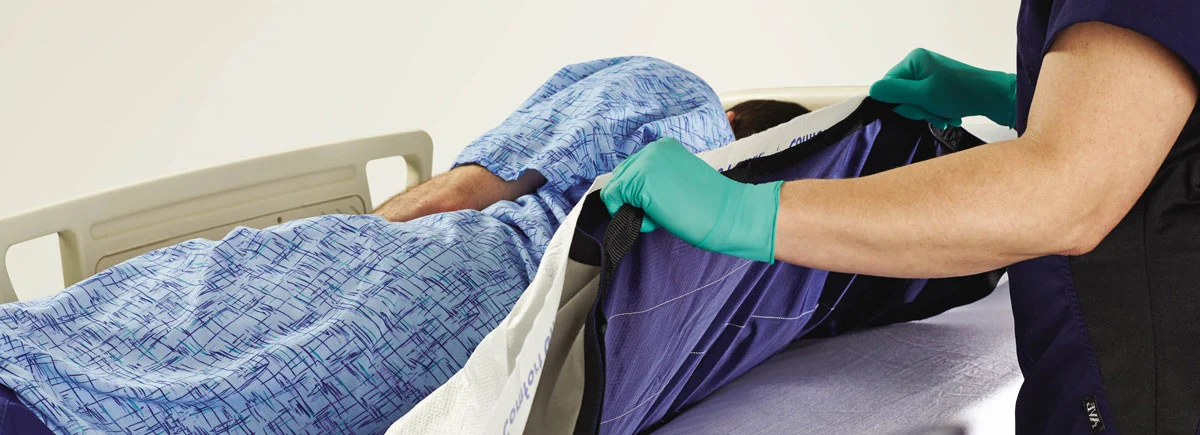

Comfort Glide is a patient positioning system, containing three different equipment, designed to help healthcare workers change a patient's position in bed, and help prevent pressure ulcers:
- Comfort Glide Sheets; intended to facilitate the use of 35% less effort when gliding the patient horizontally.
- Comfort Glide Wedges; lateral positioning devices that are made to assist with more easily maintaining the patient's position at a 30-degree angle, in a safe manner.
- Comfort Glide Drypads; tailored to help keep the patient's skin clean and dry, thanks to its superabsorbent polymer (SAP).
As we begin this new year of healthcare delivery, it is a great moment to find the right partner, so that your team never misses a turn again. Learn more about the Comfort Glide Repositioning Solution here or by downloading the brochure.


Nuria Alonso
Product Manager Personal Care, Repositioning & Offloading, Medline Europe
Nuria, originally from Spain, studied nursing and developed her 15-year long career between Spain, Switzerland and The UK before joining Medline in 2018. Since then, her clinical background has provided valuable insights and helped support the sales team in Spain, firstly as Clinical Sales and, after that, as Local Product Manager. As a passionate advocate for improved patient care, she is currently managing the personal care, repositioning & offloading and advanced wound care divisions at the European level. Learn more on LinkedIn.
References:
1. Paniagua M.L. Lesiones Relacionadas con la Dependencia: Prevención, Clasificación y Categorización. Documento Clínico 2020. GNEAUPP
2. Awoke N, Tekalign T, Arba A, et al. Pressure injury prevention practice and associated factors among nurses at Wolaita Sodo University Teaching and Referral Hospital, South Ethiopia: a cross-sectional study. BMJ Open 2022;12:e047687. doi:10.1136/ bmjopen-2020-047687
3. Pressure Ulcers: A Population Health Issue. Fact Sheet 6 Nov 2019. EWMA. EPUAP
4. Van Acker K, Oleen-Burkey M, De Decker L, Vanmaele R, Van Schil P, Matricali G, Dys H, De Leeuw I.Diabetes Res Clin Pract. 2000 Oct;50(2):87-95. doi: 10.1016/s0168-8227(00)00157-1.PMID: 10960718
5. Reddy M, et al. Treatment of pressure ulcers: A systematic review. The Journal of the American Medical Association. 2008;300(22):2647-2662.

